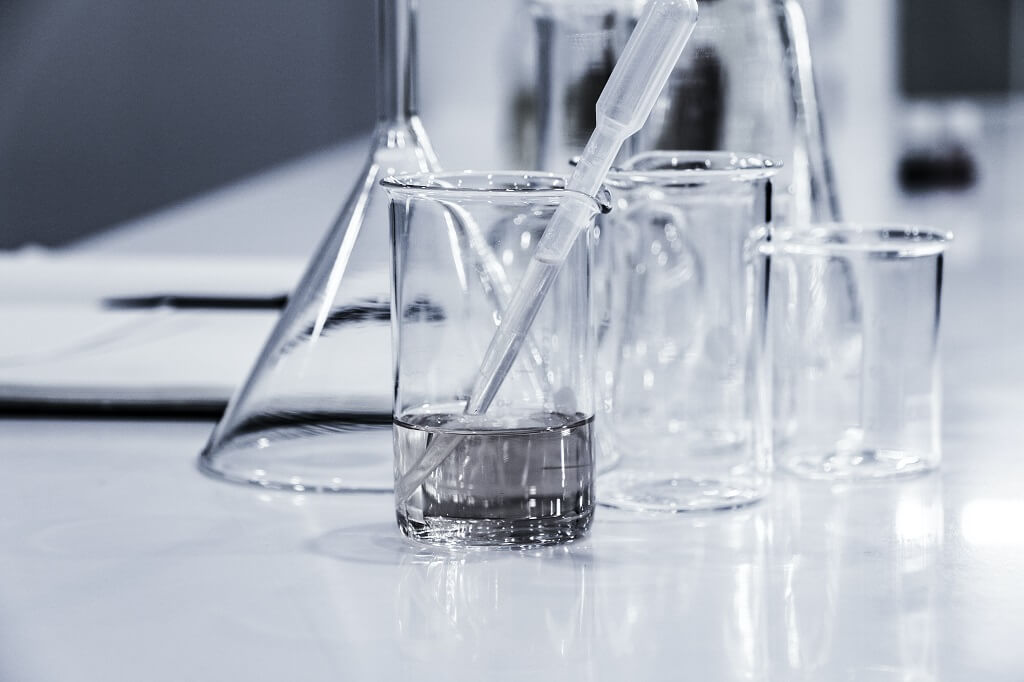The following information will help you decide if purchasing a good Reverse Osmosis System is the best option for you. There are many devices to choose from so there is no harm playing it safe!
Chromium 6 is known as Hexavalent Chromium which is a chemical compound found in nature. It reacts during the erosion of natural chromium deposits. Chromium 6 is used in textile dyes to reinforce metal and stop rusting and corrosion as well as a wood sealant. There have been many reports stating if it shows up in drinking water, it can lead to several negative health issues.
The CDC has reported that if this compound is ingested it can cause damage to the stomach and small intestines including ulcers and irritation. When tested on animals, chromium 6 has caused tumors in the stomach, intestinal tract, and lungs. According to the International Agency for Research on Cancer, it can be carcinogenic in humans. In other words, it promotes the formation of cancer.
The Level Of Chromium Varies In Different States
Chromium 6 deposits found in the state of Florida did not pass the allowed limit for consumption in drinking water. In other words, more than likely there is no cause for federal regulations. In California, the level exceeds the acceptable amount at 0.06 parts per billion which is beyond the limited 0.02 per billion. According to a leading scientist at EWG, Rebecca Sutton, hexavalent chromium is usually discharged from steel and pulp mills as well as metal-plating and leather tanning facilities. This compound can pollute water through erosion of soil and rock.
Studies from EWG showed that 20 different areas of Florida have levels of chromium 6 deposit exceeding 0.02 ppb. Some of the infected areas include Brevard County which is home to Palm Bay, Cocoa, Titusville, and Marion County having the highest level of ppb in all 7 water systems affecting the cities of Ocala, Silver Springs Shores, and Marion Oaks.
The Highest Occurrences in the State -
- Brevard County, 0.0970 ppb
- Marion County, 1.20 ppb
- Volusia County, 0.107 ppb
- Sarasota County, 0.0316 ppb
Due to the predominance of chromium 6, it should be required that companies reveal all locations where chromium 6 is manufactured, used, or disposed of. People are in harm's way and it's taken long enough for something to be done about it.
Chromium 6 Testing In Water
Just like many other metallic elements, chromium 6 is odorless and tasteless when dissolved in water, making it almost impossible to detect if it's in your water.
If you reside near any industrial manufacturers or processors or in an area that has been tested for chromium 6 in the past, you should have the area and your water tested. You need to get a water quality report each year to find out if chromium 6 has been detected in your tap water. Even though some traces of chromium is allowed and even safe, the legal limit for chromium 6 in drinking water is only 0.02 parts per billion (ppb). If the report or tests are showing above that level, you need to have it removed from your water.
How Can I Get Rid Of Chromium 6 From My Drinking Water?
This can be a difficult process to get the compound completely removed. Unlike lead, which is removed by flushing the pipes, Chromium 6 is very different. Flushing y our pipes would not have any results of removing or reducing the amount. Chromium 6 is mixed from your water source to remove it.
Reverse Osmosis System
One of the best ways to remove it from your water source is using a reverse osmosis system.
Reverse osmosis is a process used to treat water and remove harmful contaminants from your water supply. It's done by applying pressure to the water, forcing water molecules to pass through a semipermeable membrane. The membrane is made up of microscopic pores that prevent contaminants from passing through. By using this approach, the contaminants are filtered out leaving behind only contaminant-free water.
Once the contaminants are separated from the water, they are drained out from the reverse osmosis water system. Permeate is the term used when the water has successfully gone through the membrane. The permeate has contaminants removed up to 95 to 99%.
There are several reverse osmosis systems available for you to purchase. That said, these systems do not promise the same level of contaminant removals as some higher-end water filtration systems. It has been shown that there are reverse osmosis systems that can remove contaminants, there are more effective filtration systems that will guarantee a higher removal rate. One of the very best filtration systems is the Waterdrop Filtration System.
We suggest you shop around for the best filtration system you can get and make sure it's set up properly. Especially, if you live in areas that have shown levels of chromium 6, only drink water that has passed through these systems. If you have questions, contact your state water inspectors and get all the information you can to determine what would be the best approach for you and your family.



